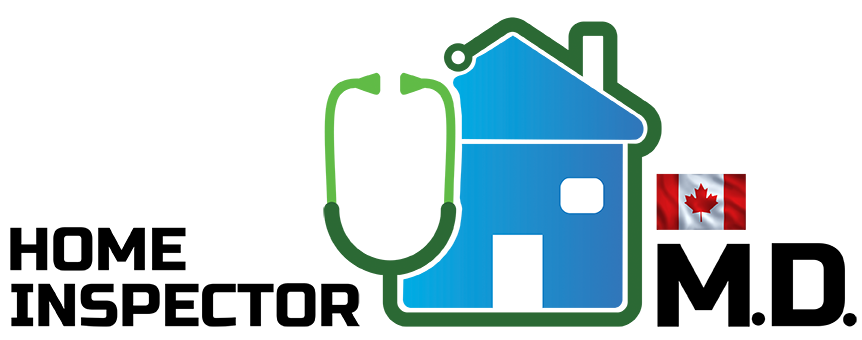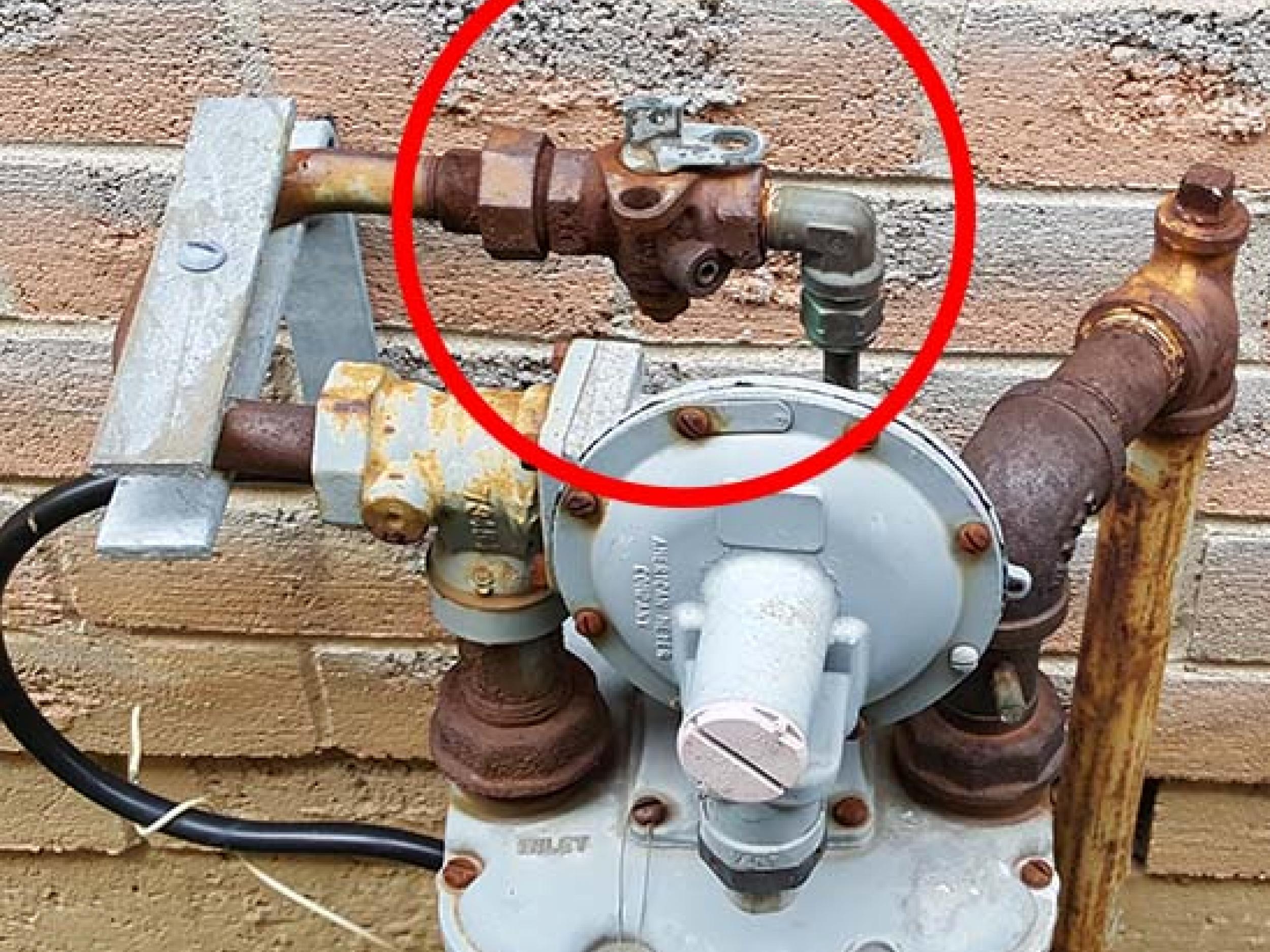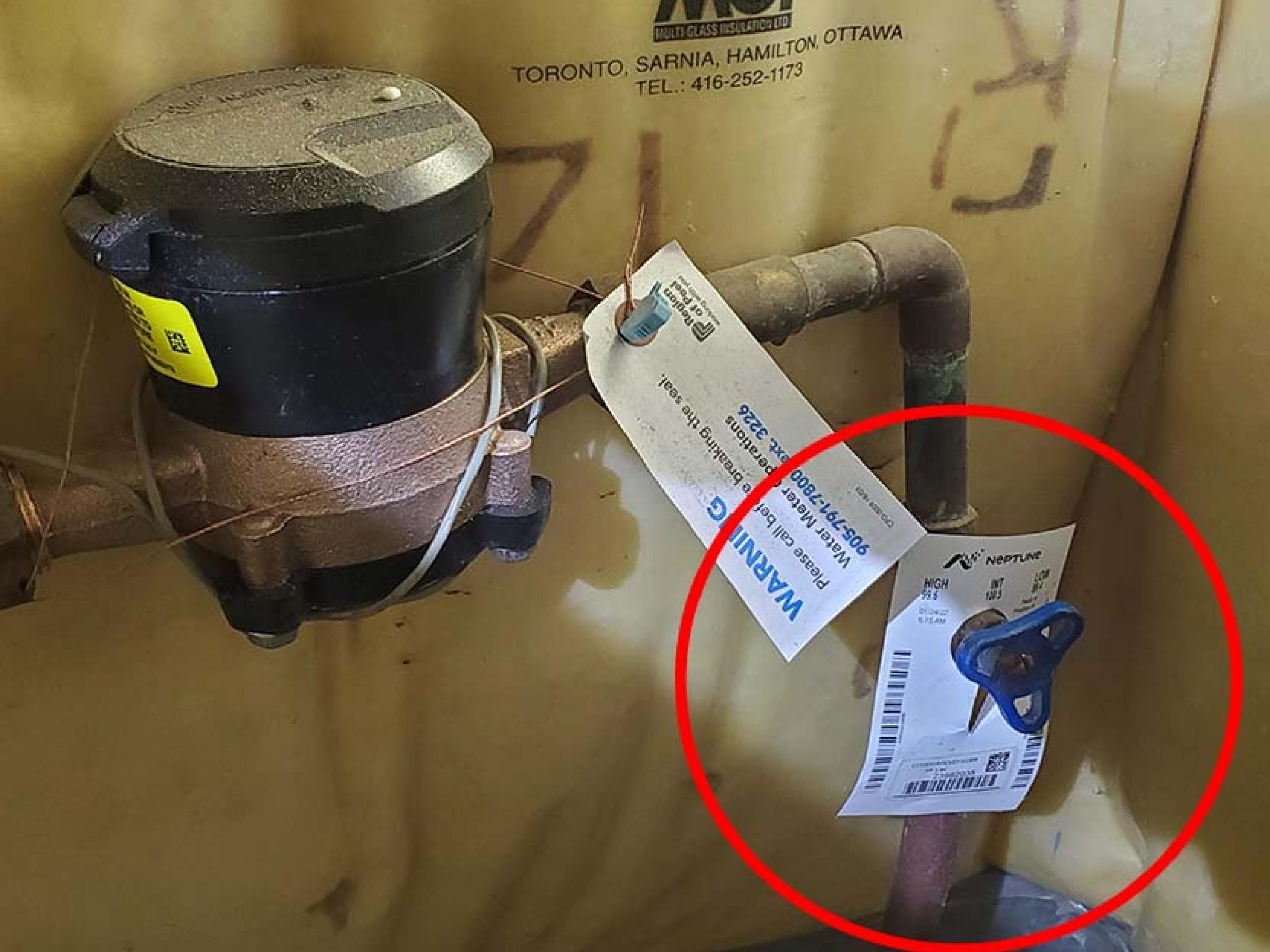-
The Benefits of Drone Inspection
Home inspection tools of the trade include the increasing use of drones to inspect the roof of homes. Drones have become an important tool for home inspectors as they can provide video and photos of the entire roof from above. Inspectors can fly overhead and zoom into areas of concern, such as chimney flashing.

Traditional walk-on roof inspections can be limited due to the steepness of a roof because it is unwise for inspectors to walk on high, steep roofs for safety concerns. On wet or snowy days, inspectors cannot walk on roofs because it is too slippery, or some areas of the roof are simply not easily accessible. Drones can easily fly over two or three-story homes, and see things not visible from a ladder at the eaves, or binoculars from the ground.

Walking on residential roofs is also limited by the type of roof covering. Shingle roofs are ok to walk on, but roof materials such as metal (can cause dents), slate (can break or slip), or clay (can break the tiles) are not walked on by inspectors as per guidelines set by the CAHPI standard of practice.
Clay Roofs

At Home Inspector M.D. Inc., we will fly a drone over the home at the end of the inspection and take video/photos of the roof using the drone's camera when it is possible. Drone inspection may be used in addition to inspection from the ladder, a telescopic camera, or walking on the roof.
What are the limitations of drones?
Drone inspections are very useful, but they are not perfect. It may be difficult to inspect roofs with large tree canopies or electrical lines that can interfere with the flight. It is a visual-only inspection. That means the inspector is not touching the roof material, flashing, or any penetrations. Drone flying may not be possible in bad weather, high winds, freezing rain, or extreme high/low temperatures. There is also the possibility that certain jurisdictions may not allow drone flight, or neighbours may have an issue with drones flying close to their homes. We think of drones as another tool for inspecting roofs, not the only tool.
-
Emergency Shut-off Valves
Know their locations in your house!
Main Water Shut-Off Valve
A water leak can happen at any time, anywhere, and when you are not home. If you experience a water leak and cannot identify the source of the problem immediately (faucets should have their shut-off valves), always go to your main water shut-off and close that valve. It is usually in the basement near the front of the house, beside the water meter. If your family will be away from your house for more than a day, you may want to shut off the main water before you leave.Electrical Main Disconnect
Any electrical problem will often result in a trip breaker/fuse, but there are occasions where, for safety reasons, you need to shut off power to the entire house. This is done with a safety disconnect (usually with a fuse box) or a main breaker near your main panel.Gas Shut-off Valve
A gas leak can be fatal, if you sense a gas leak, leave the house immediately and call for help. Knowing where the main gas valve is, is important in stopping more gas from entering the home. Frequently found outside, it is combined with the gas meter. There should be a shut-off valve close to it. -
Drone Frequency Asked Questions
-
It should take about 15 minutes for the roof flyover. We first start a roof inspection at the beginning, but the actual drone inspection will occur at the end of the home inspection. Why? Some people may feel uncomfortable around drones, and we don't want that to interfere with the inspection as a whole.
Drones that are more than 250g in weight, require a Pilot Certificate from Transport Canada. This is obtained by passing a “Small Basic Exam” for drone flying from Transport Canada. The drones' make and model are registered with the government. Any drone lighter than 250g does not require a certificate.
Yes. There are restrictions on where you can fly according to Transport Canada. For example, we cannot go above 400 feet (0.12 km). For basic operations under home inspections, we cannot fly over people. We also cannot fly near airports (5.6 km) and are not allowed in controlled airspace. The drone would only be operated over the house. We will not fly it around the neighbourhood.
No. Not all home inspectors provide this service. Drone use is relatively new to home inspections, and it is not required as per the standard of practice in Ontario.
No. Drone inspections provide additional information for an inspection. Above-roof provides unique views and a visual roof inspection in areas that may be impossible to access. But nothing can replace seeing the roof up close. For example, the only way to confirm multiple layers of shingles is by looking from a ladder at the eaves of the roof.
We will cease the operation of the drone immediately and land it.
-






